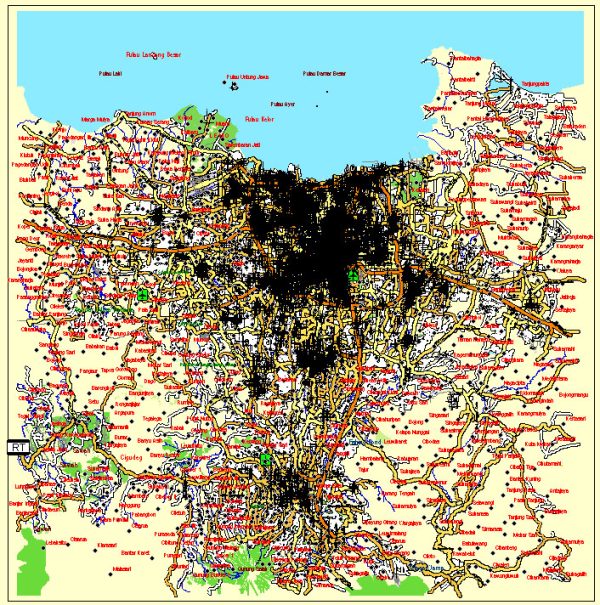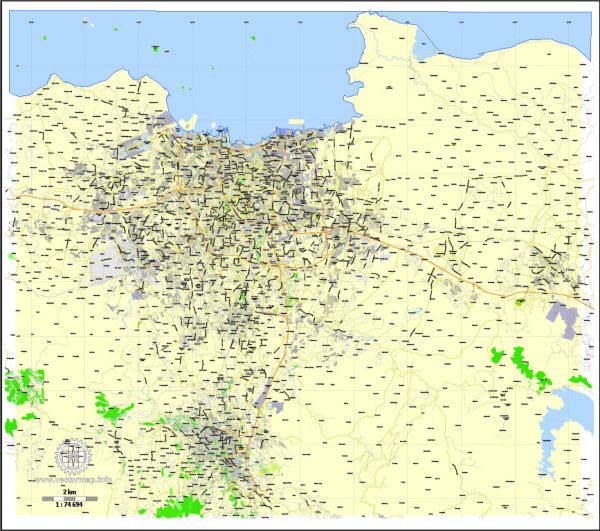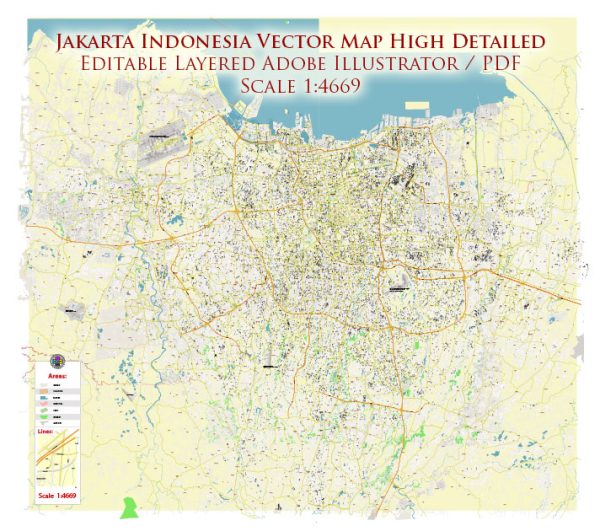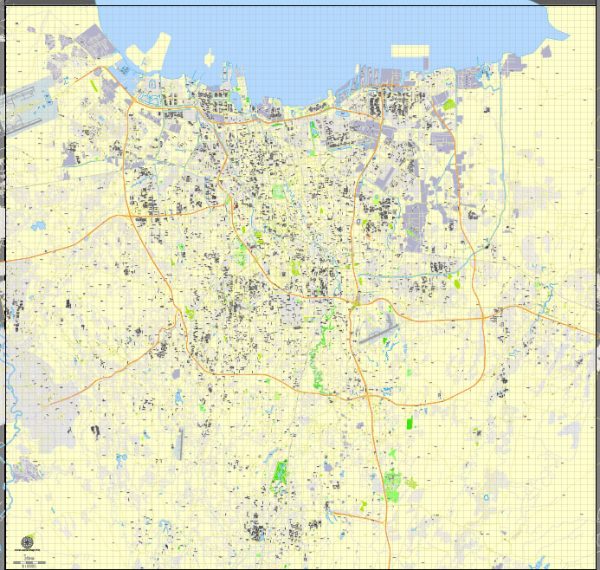General overview of Jakarta’s maritime and air transportation.
Maritime Transportation:
- Port of Tanjung Priok:
- Tanjung Priok is the main seaport serving Jakarta and is one of the busiest ports in Indonesia.
- It handles a significant portion of the country’s import and export activities.
- The port has multiple terminals for different types of cargo, including containers, bulk cargo, and liquid cargo.
- Sunda Kelapa Harbor:
- While not as large or modern as Tanjung Priok, Sunda Kelapa is a historic harbor that serves traditional wooden sailing vessels known as “pinisi.”
- It offers a glimpse into Jakarta’s maritime history and is a popular tourist attraction.
Air Transportation:
- Soekarno-Hatta International Airport (CGK):
- Soekarno-Hatta is the main international airport serving Jakarta and is one of the busiest airports in Southeast Asia.
- It has multiple terminals handling domestic and international flights.
- The airport serves as a major hub connecting Indonesia to various destinations worldwide.
- Halim Perdanakusuma International Airport:
- Halim Perdanakusuma primarily serves domestic flights but has also been gradually expanding its international services.
- It is located closer to the city center than Soekarno-Hatta.
Infrastructure and Connectivity:
- Roads and Bridges:
- Jakarta has an extensive road network, although traffic congestion is a common issue.
- Several bridges connect different parts of the city and facilitate transportation.
- Public Transportation:
- Jakarta has a bus rapid transit system (TransJakarta) that helps ease traffic congestion.
- The city is also working on expanding its metro (MRT) and commuter rail networks to improve public transportation.
- Logistics and Cargo Handling:
- Given Jakarta’s role as the capital and economic center, logistics and cargo handling are crucial aspects of transportation infrastructure.
- Challenges:
- Traffic congestion is a significant challenge for both maritime and air transportation in Jakarta.
- Efforts have been made to improve infrastructure and transportation systems to address these challenges.





 Author: Kirill Shrayber, Ph.D.
Author: Kirill Shrayber, Ph.D.